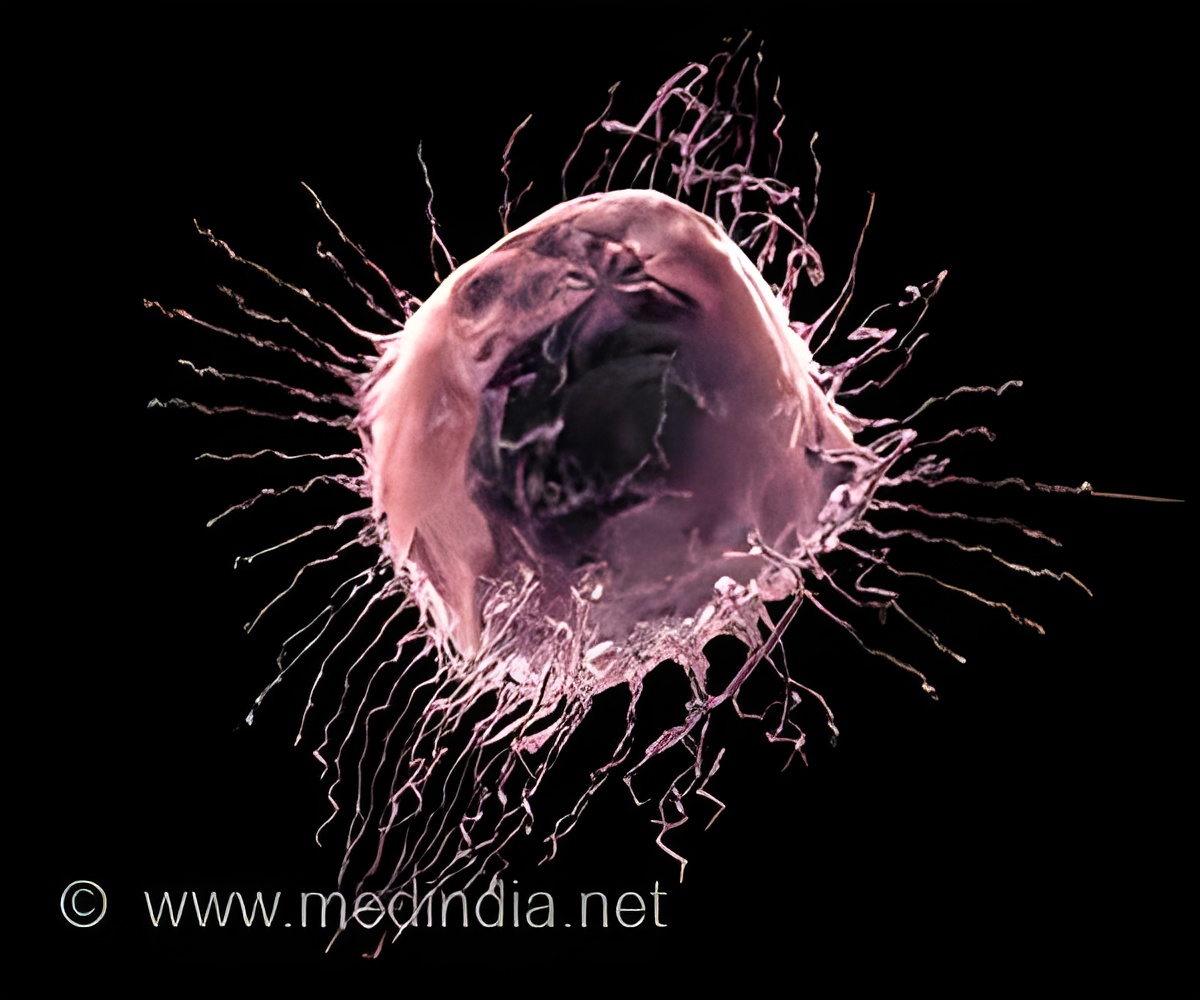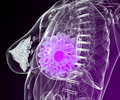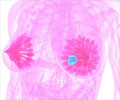
‘An increase of tissue stiffness and rigidity by the local surrounding cells may lead to tumor aggressiveness and cause it to spread to other organs.’
Tweet it Now
Many of the drugs and therapies available today target breast cancer cells but tend to neglect the surrounding "local environment," which includes surrounding tissues. But cancer cells and their local environment are connected, so both undergo striking chemical and physical changes during tumor development. "Prior attempts to clarify the interactions between breast cancer cells and the local environment ... were mainly done on artificial smooth surfaces ... and yield misleading indications," Parikh said.
"I'm studying how the cancerous microenvironment -- especially the physical attributes of tissue stiffness and rigidity -- controls cancer progression."
During tumor development, "the local environment undergoes significant chemical and physical alterations that are regulated by both cancer cells and the cells surrounding the tumor," Parikh said.
Based on clinical observations, an increase of tissue stiffness and rigidity is among the most profound of these physical changes. "More importantly, clinical data suggests that increased stiffness may lead to tumor aggressiveness and cause it to spread to other organs," Parikh said.
Advertisement
"Our platform is easy to manipulate and can be tuned to accommodate a range of stiffness that corresponds to the gradual changes that occur during cancer development," Parikh said. "It allows us to encode the complex correlation between tissue stiffness and cancer development."
Advertisement
"Strikingly, the data obtained after three and seven days' culture was significantly different than previous studies carried out for less than 24 hours. Also, with increased stiffness, the drug resistance of the breast cancer cells increased -- which suggests that drugs designed to target merely at a cellular level are not enough."
This new approach to cancer therapeutics offers significant promise for future drug development. "Developing drugs that can potentially prevent an increase in stiffness can most likely stop the spread of cancer," Parikh said. "Localizing it would allow it to be easily removed using surgical techniques."
Source-Eurekalert















